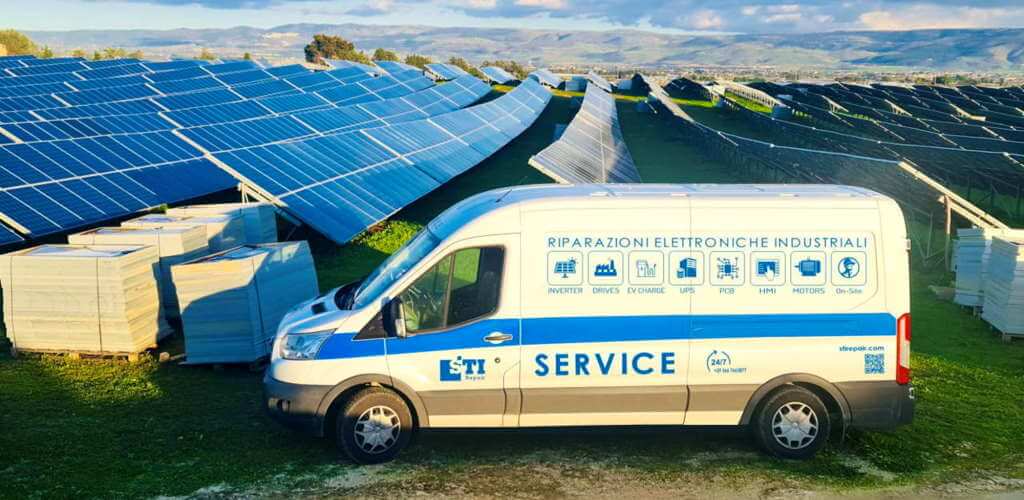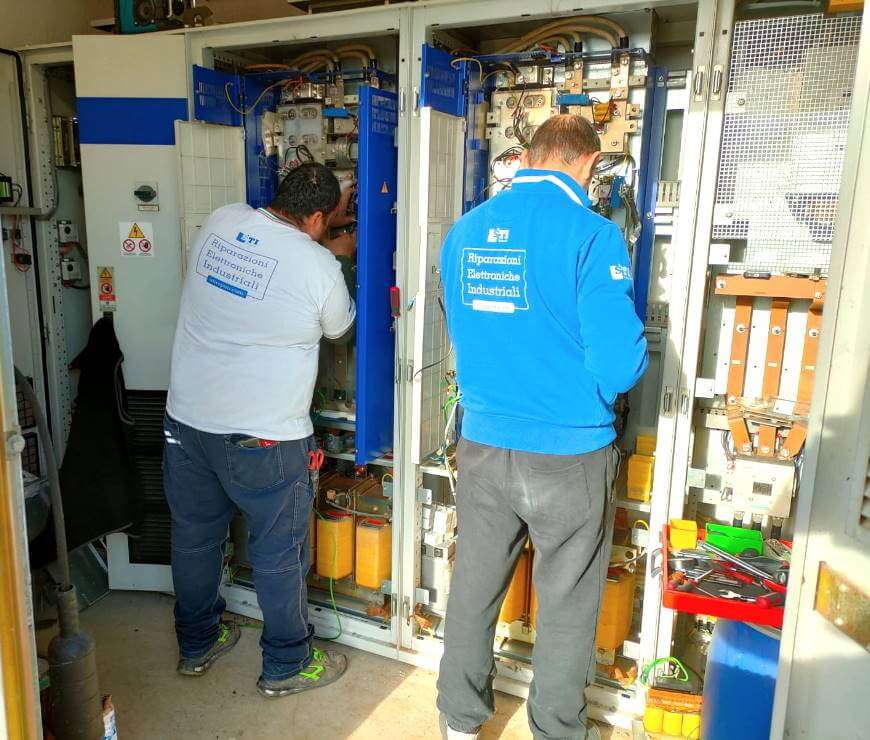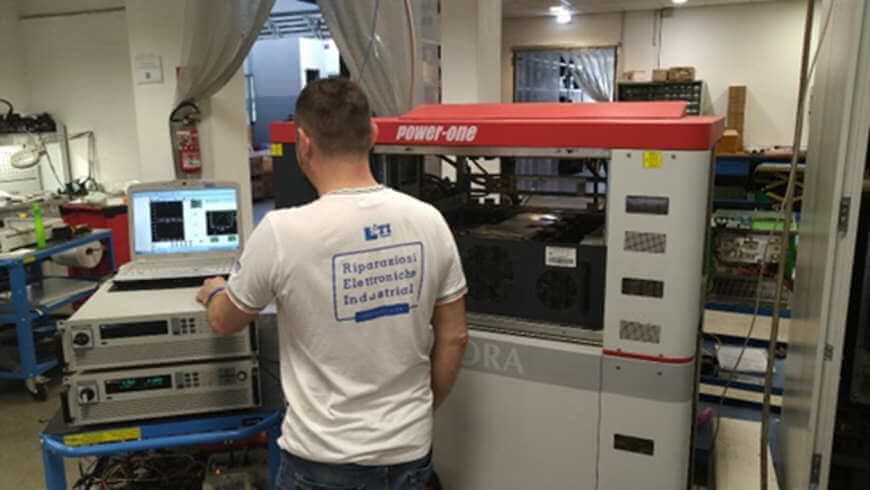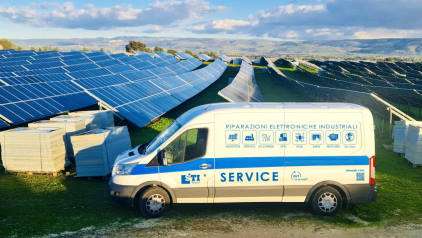According toa recent report published by Mackenzie, in Europe alone (the most mature PV market), there are about 16 GW of PV systems that have already exceeded 10 years of operation since their first installation.
The vast majority of these systems, as widely expected, are beginning to “limp along” due to the age of their main components: modules and inverters. Unexpected failures multiply, effective producibility decreases dramatically, and the economic viability of plants begins to falter dangerously.
What to do? For many, the solution is obvious: Revamping. Basically, modules and inverters are replaced with new generation models; however, this management policy proves to be very costly, both economically (higher costs) and environmentally (e-waste production).
According to the GSE Activity Report, in 2019 alone, 17,357 component modifications and/or replacements were carried out in Italy. Fifty-seven percent of these interventions involved the replacement of inverters.

An economic model based on this paradigm is no longer economically and socially sustainable.
Solutions exist but it is necessary to reformulate our thinking; we need to subvert the classic “buy-use-throw-away” approach with a model based on reuse and recycling, that is, to move from a “linear” to a “circular” mentality.
In the case of photovoltaic inverters, for example, it is possible to design and implement what we like to call the Circular Inverter Strategy, which is a circular management policy based on the preservation of the existing installed base, founded on two main cornerstones:
- Preventative Specialistic Extraordinary Maintenance
- Advanced SWAP
Extraordinary Preventive Specialized Maintenance allows to extend the technical life of converters through the implementation of specialized activities aimed at both the power section (e.g., restoring proper IGBT dissipation, replacing DC BUS electrolytic capacitors, etc.) and the command/communication/control part (e.g., regeneration Gate Units, Control Units, etc.). This is a preventive strategy aimed at avoiding unexpected failures due to phenomena endogenous to the machine.

Advanced SWAP, on the other hand, is a corrective and/or breakdown maintenance strategy that consists of “covering” the targeted inverters with critical spare parts that are always available and which, when needed, can be used for the timely restoration of normal inverter functionality following unexpected failure.
What is new compared to the traditional maintenance policies implemented to date by regular O&M Contractors? Simple: laboratory remanufacturing of failed parts and subsequent replenishment of the initial stock of spare parts.

In this way, a theoretically infinite virtuous cycle is triggered, with no e-waste production and no newly manufactured components.
This strategy, which is particularly suitable for the management of obsolete and/or discontinued inverters on Utility Scale PV farms, can be declined, with appropriate arrangements, on both “modular” converters and those characterized by “monoblock” architecture.
In addition to undeniable environmental benefits, the concrete implementation of this policy yields multiple economic benefits due to the combined effect of lower restoration costs and optimization of the timing of intervention.
Recent phenomena such as COVID-19, difficulties in sourcing raw materials and semifinished products, and dramatic expansion of delivery timeframes, moreover, have made it even more sensible to apply a strategy based on the preservation of existing versus replacement with newly manufactured equipment.
So what are you waiting for? It’s Time to Go Circular!